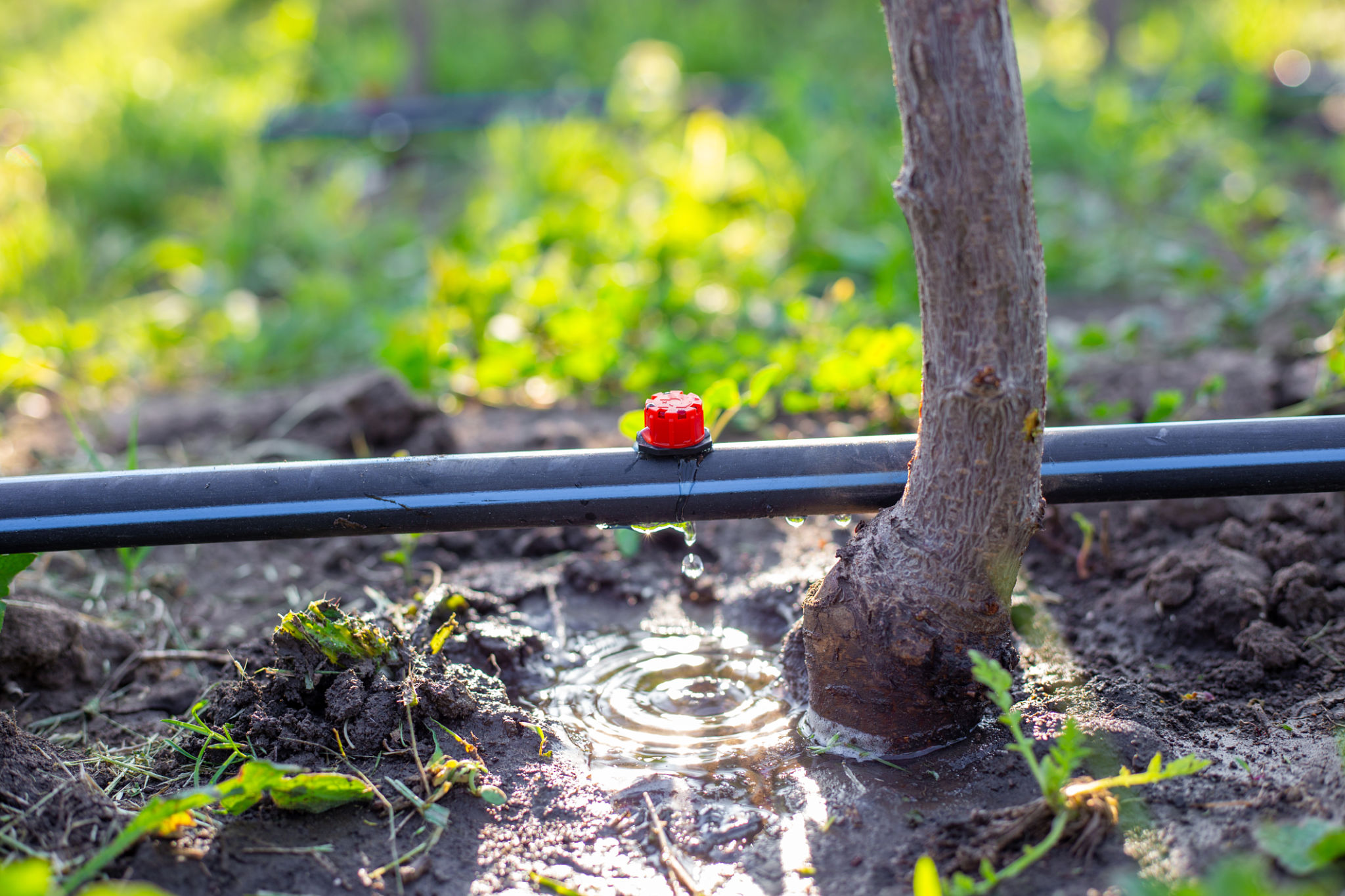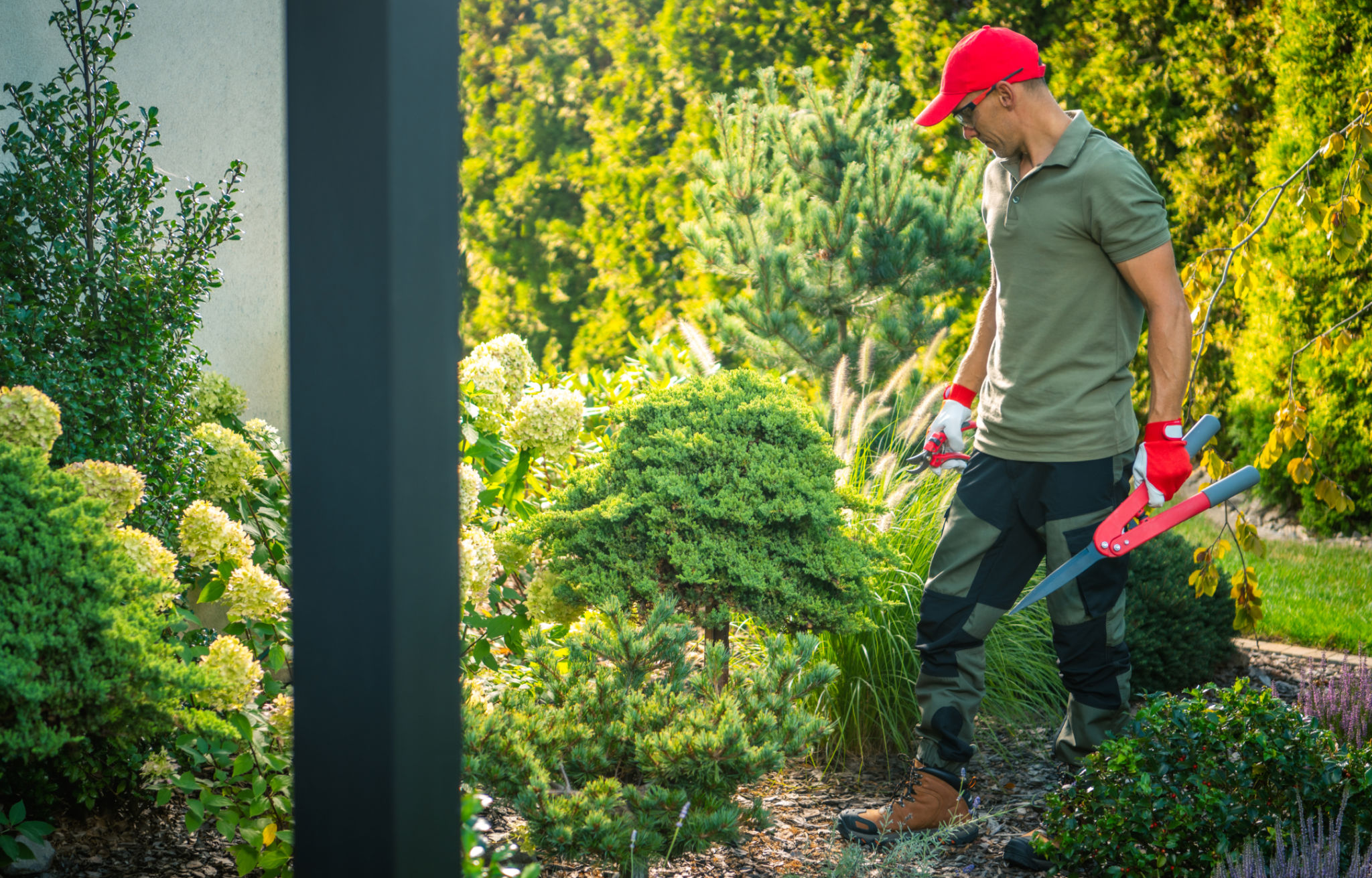Water-Saving Garden Techniques for Austin Homeowners
Embrace Native Plants
One of the most effective water-saving techniques for Austin homeowners is to incorporate native plants into their gardens. Native plants are naturally adapted to the local climate and soil conditions, requiring less water and maintenance compared to non-native species. They also support local wildlife, promoting a healthy ecosystem in your backyard.

Benefits of Native Plants
By choosing native plants, you can significantly reduce your garden's water consumption. These plants are more resilient to drought conditions, which are common in Austin. Additionally, they help in maintaining the natural biodiversity, attracting pollinators like bees and butterflies that are crucial for the environment.
Implement Efficient Irrigation Systems
Efficient irrigation is essential for conserving water in your garden. Drip irrigation systems are an excellent choice as they deliver water directly to the plant roots, minimizing evaporation and runoff. This method ensures that plants receive the right amount of moisture without over-watering.
Tips for Irrigation
Consider installing a rainwater collection system to supplement your irrigation needs. Capturing rainwater not only conserves water but also reduces your utility bills. Additionally, water your garden early in the morning or late in the evening to minimize evaporation.

Mulching Your Garden
Mulching is another effective technique to conserve water in your garden. By adding a layer of organic material like straw, wood chips, or bark around your plants, you can significantly reduce evaporation and maintain soil moisture. Mulch also suppresses weed growth, which competes with your plants for water.
Types of Mulch
There are various types of mulch you can use, each offering unique benefits. Organic mulches decompose over time, enriching the soil with nutrients. Inorganic mulches, such as gravel or stones, are long-lasting and provide a neat appearance. Choose a type that best suits your garden's needs and aesthetic.

Plan Your Garden Layout Wisely
Strategic garden planning can also lead to water savings. Group plants with similar water needs together to optimize your watering efforts. This method, known as hydrozoning, allows you to tailor the irrigation schedule according to plant requirements, preventing over or under-watering.
Creating a Water-Saving Garden Design
Incorporate hardscapes like patios and pathways to reduce the area that requires watering. Consider using permeable materials that allow rainwater to seep through and replenish groundwater supplies. Designing with water conservation in mind not only saves resources but also creates a sustainable outdoor space.
Regular Maintenance Practices
Consistent garden maintenance is vital for conserving water. Regularly check for leaks in your irrigation system and repair them promptly. Prune plants to remove dead or excess growth, which can increase water demand. Also, ensure your soil has good drainage to prevent waterlogging.
The Role of Soil Health
Healthy soil retains moisture better and supports plant growth with less water. Incorporate organic matter like compost into your soil to improve its structure and nutrient content. Healthy soil not only benefits your plants but also contributes to overall water savings.

